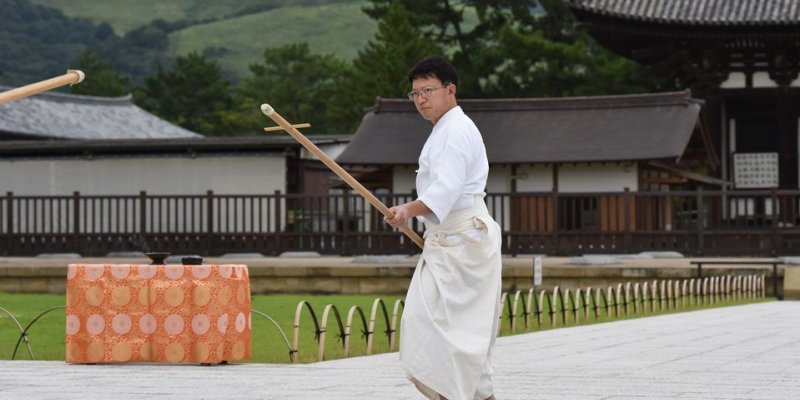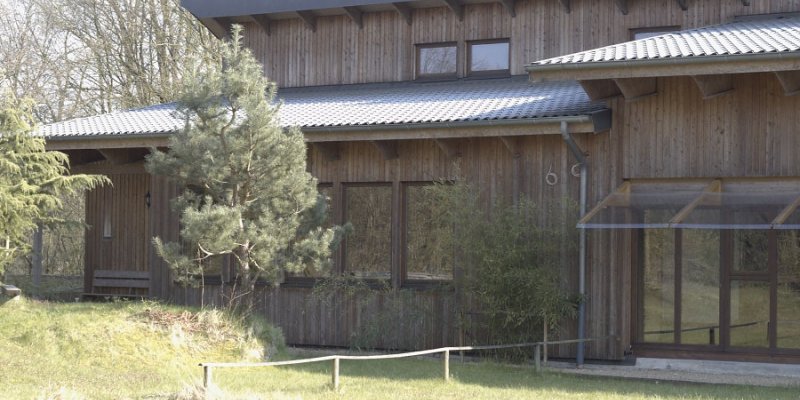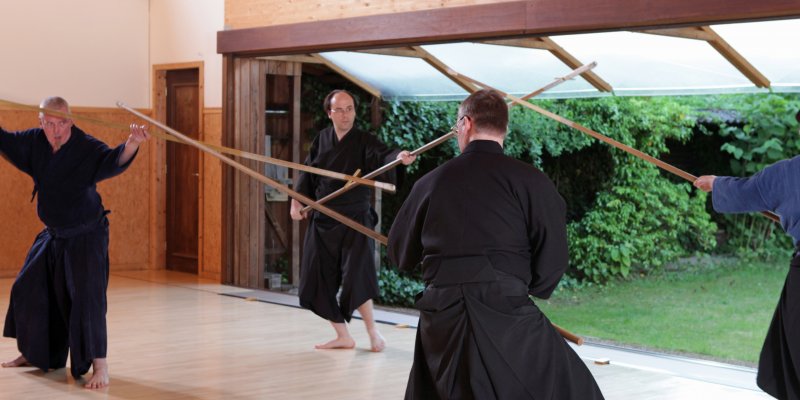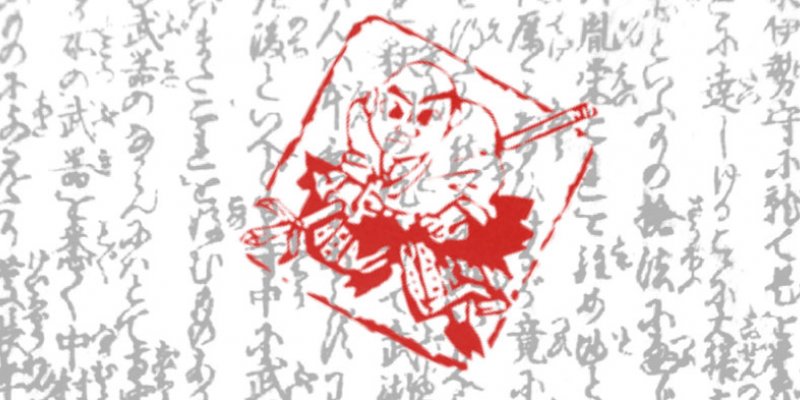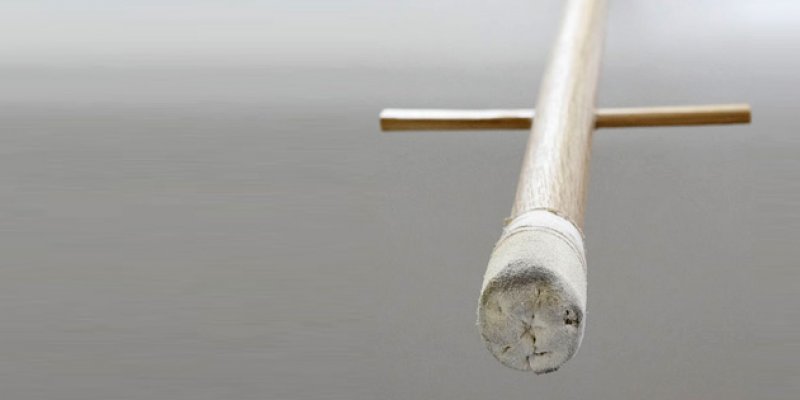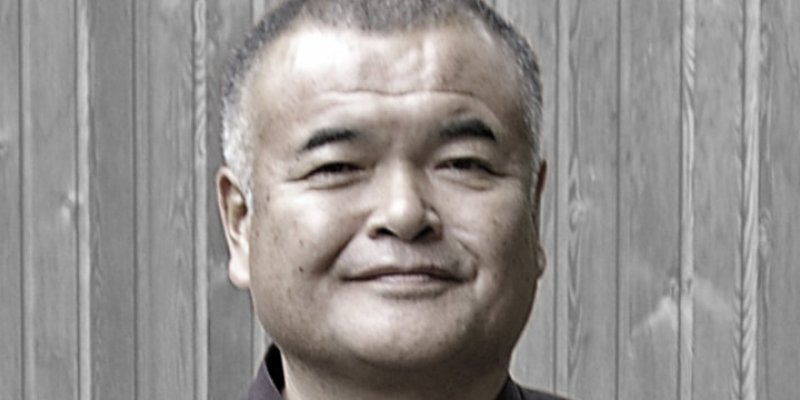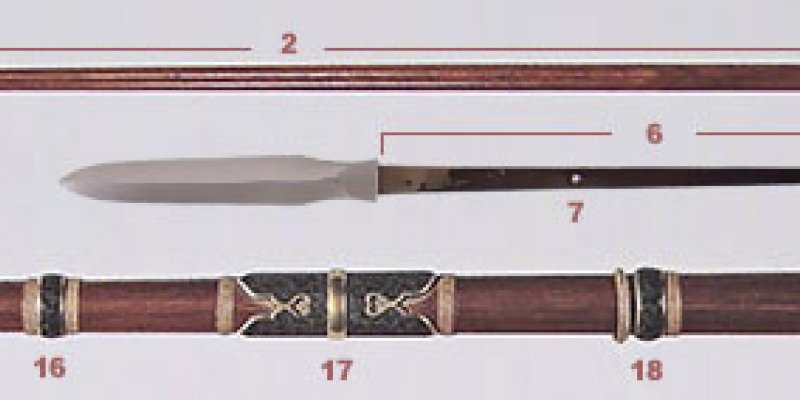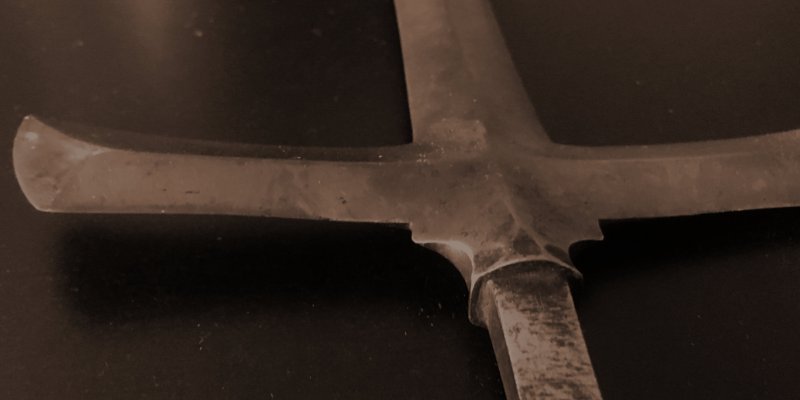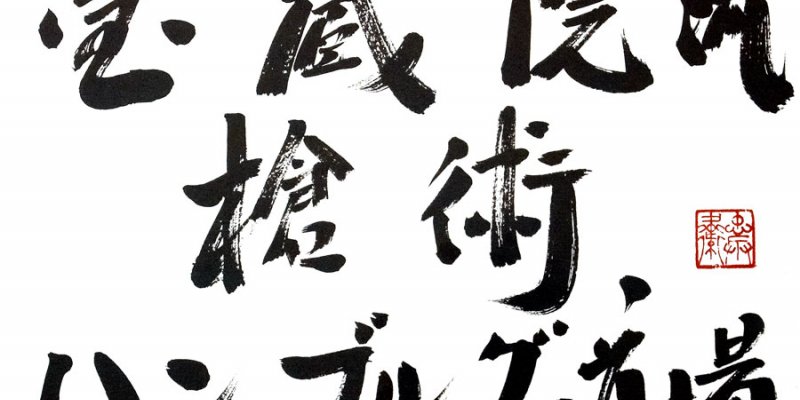Already in August of 2020 Ichiya Junzō, the 21st Sōke of the Hōzōinryū, had changed the title of the headmaster of the school to Ryūha Daihyō (representative of the school). On September 26th 2020 he transferred the office to his successor Komakita Manabu. The Hamburg dojo thanks Ichiya Sensei for everything he did for the school and the new representative for taking over and taking on the responsibility of leading the school into the future.
The best of course would be to train in Japan. There are three dōjōs, one in Nara, one in Higashiōsaka and one in Nagoya, where training is held regularly. Addresses, training hours and contact data can be found at the Japanese site of the Hōzōinryū.
Outside Japan the only place offering Hôzôinryû Takadaha Sôjutsu training in Europe on a regular base is located in Hamburg/Germany (recently a branch opened in Toronto/Canada as well):
If you tell a Japanese person you are practicing sōjutsu he will usually ask you "sō… what?" If you then say "yari" (spear) he will usually respond by saying "I see! Spear …" illustrated with a throwing gesture.
No surprise. Even in Japan almost nobody knows what sōjutsu is or that sōjutsu still exists nowadays.
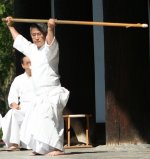 As in most koryū (old schools) the line of head masters from the current sōke Ichiya Junzō back to Hōzōin Kakuzenbō Inei who founded the school is well documented.
As in most koryū (old schools) the line of head masters from the current sōke Ichiya Junzō back to Hōzōin Kakuzenbō Inei who founded the school is well documented.
About the life and doings of the founder of the school on the other hand only relatively litte is known for sure. And the little information that you can find often is contradictory or belongs to the realm of legends.
Keikoyari (training spears) are not obtained easily even in Japan. The author saw a kamayari for sale in a budō equipment shop in Tōkyō just once. And there is only one maker/distributor of wooden weapons who sells kamayari and suyari through his webshop. Recently he ships the spears to destinations outside Japan as well, but they are quite expensive.
12 essays on spear/Hōzōinryū written by Kagita Chūbee (1957 - 2011), 20th sōke (headmaster) of the Hōzōinryū.
First published in the Nara town magazine Ubusuna, 2009.
Below you find the most common terms and descriptions for the parts of a Japanese spear.
There is an incredible number of different types of spears, concerning both the length of the weapon as well as the shape of the blade and how it is mounted. Especially if you include such special forms of spears like uchine or kagoyari which are completely irrelevant for sōjutsu.
The Hōzōinryû as it is still practiced today stands in the tradition of the secular line of the Hōzōinryû Takadaha which is named after its founder Takada Matabee Yoshitsugu. As Hōzōin Kakuzenbō Inei was the founder of the Hōzōinryū he is of course listed as the first generation of the secular line as well.
